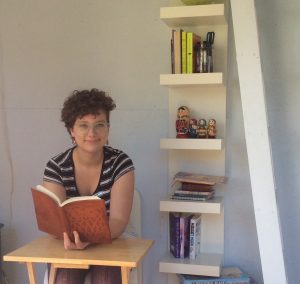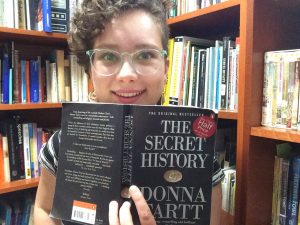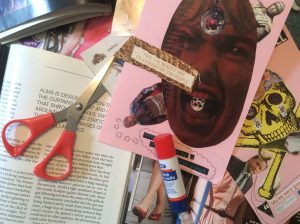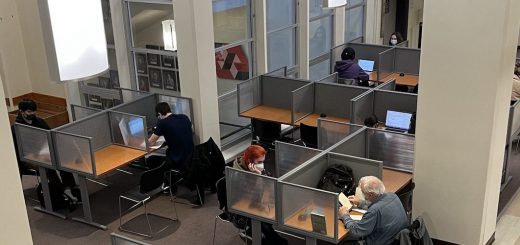Six ways to adapt your creative practice to the confines of COVID-19
The lack of structure in quarantine has been driving me crazy. As a Writing major at UVic, I am used to submitting assignments weekly and adhering to strict page counts and deadlines. The classroom structure holds me accountable for my creative projects, and I love it.
Outside of school, in the strange, timeless reality of isolation, recreating the structure of writing workshops has been a challenge. I’ve found myself floundering, unable to focus on new projects, let alone finish those I’ve already started.
With all this free time, I have to think: What do I actually want to create? How can I function as a creative person without the structure of university classes to guide me along?
It’s taken me a few weeks, but I think I’ve started to figure it out. Here are six tips for adapting your creative practice to the confines of quarantine.
1. Find your own creative space.
 Lockdown means that we’re spending many more hours indoors. Finding a separate, intentional space to create in is essential.
Lockdown means that we’re spending many more hours indoors. Finding a separate, intentional space to create in is essential.
Perhaps you will find your creative space in a quiet room in the basement, or in your back garden shed. Whatever space it is, make sure it is away from the distraction of the internet and people, and try to make it your own.
Rearrange furniture, wiggle a desk in there, hang a painting. For me, I have taken advantage of the treehouse my dad built in the backyard years ago – I like to think of it as a miniature studio.
I enjoyed giving the treehouse a little makeover, adding several new decorations and placing plenty of notebooks and writing utensils on the shelves.
2. Develop achievable, timely goals for yourself – and work hard to stick to them.
I like setting tiny goals. For example, I tell myself, “I will write for one hour starting at 10 a.m.” For the entirety of the one hour period, I do my best to focus on writing and fight distraction.
Setting a short, reasonable goal allows me to maintain my focus, and ensures that I don’t exhaust my creative juices. Some days, it’s a struggle to write for even one hour. Other days, I find myself so in the flow that I write for three. Regardless, setting an achievable goal is a great place to start.
3. Connect with other student artists.
One of my favourite parts of my writing classes is workshopping other people’s writing. I’ve been missing reading my friends’ and classmates’ brilliant creations. So, I reached out to a few friends in the UVic writing community.
Connecting over Facebook messenger, we share ideas, collaborate on new projects, and offer each other feedback. Furthermore, I am lucky enough to have been entrusted with the latest draft of a friend’s novel. Reading her work has been a great way to get back into providing edits and constructive feedback. Plus, reading her nearly complete book inspires me to work on my own writing!
4. Read for fun!
Reading novels, plays, short stories and poems reminds me why I wanted to be a writer in the first place.
I love a novel that tugs me along page after page, and dialogue that makes me laugh aloud.
Interacting with other people’s art reminds me why I create my own. Plus, reading is a great way to relax and escape into another world for a moment.
5. Create art for fun!
While the structure of university classes is often helpful for my creative process, submitting writing solely for grades sometimes takes the joy out of creation.
When I was a kid, I wrote stories and created plays with my friends just because I loved it. In quarantine, I’ve been attempting to tap into this childhood joy.
I’ve been exploring many different creative mediums – collage, pencil sketches, song writing, film making. Fun, low-stakes art projects allow for the room to explore and express yourself without the pressure of grades.
6. Practice self compassion.
Although we may have excess free time on our hands, we are still in the middle of a global health crisis. Our school lives, work lives, and social lives have all been significantly disrupted.
Stress, grief, and fear do not build the optimal head space for artistic expression. Even though you are a creative person, don’t feel that you have to constantly be making art.
Give yourself time to process things. Forgive yourself for making mistakes in your creative practice. And, if necessary, let yourself fall off the creative wagon. When you are ready to return, your creative projects will still be there, ready for you to dive back in again.






Hello! I enjoyed reading this and will be sharing this with my son, who is transferring to Uvic this fall. He is a writing major also and I worry about him with online courses and connecting with those in his classes.
Joining the blogger team is a great way to connect with other students! Applications will be open soon!